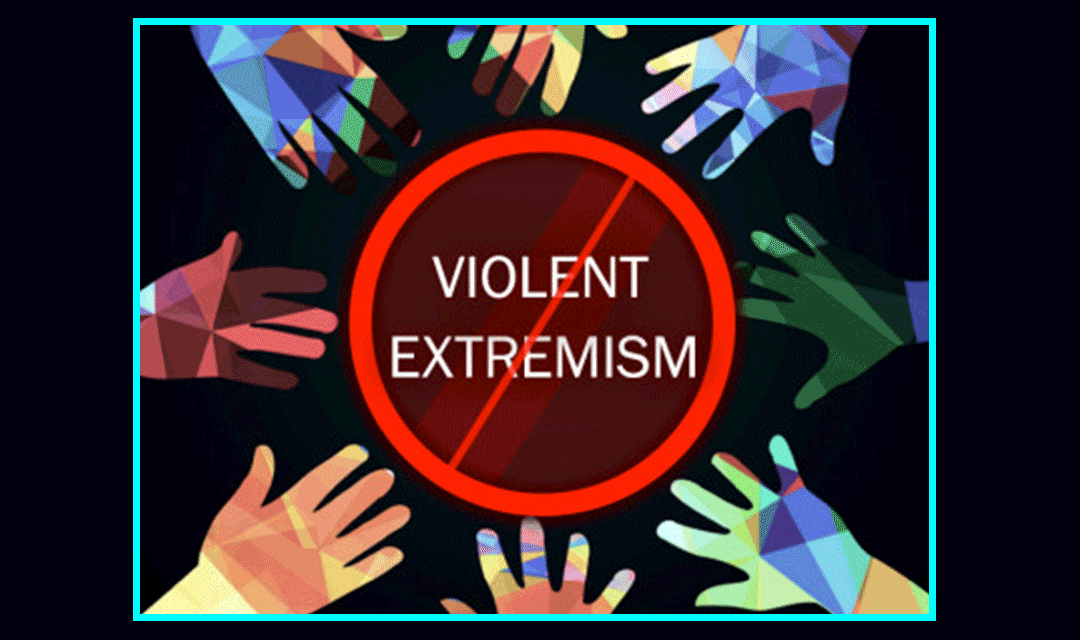VIOLENT EXTREMISM AND RADICALIZATION
Researched by the United Nations Educational, Scientific and Cultural Organization
Violent extremism refers to the beliefs and actions of people who support or use ideologically-motivated violence to achieve radical ideological, religious or political views1.
Violent extremist views can be exhibited along a range of issues, including politics, religion and gender relations. No society, religious community or worldview is immune to such violent extremism2
Violent Extremism is …“when you do not allow for a different point of view; when you hold your own views as being quite exclusive, when you don’t allow for the possibility of difference and when you want to impose this view on others using violence if necessary.”3
Though “radicalization” is a contested term to some, it has come to be used to define the process through which an individual or a group considers violence as a legitimate and a desirable means of action. Radical thought that does not condone the exercise of violence to further political goals may be seen as normal and acceptable, and be promoted by groups working within the boundaries of the law. There is no single profile or pathway for radicalization, or even speed at which it happens.4 nor does the level of education seem to be a reliable predictor of vulnerability to radicalization. It is however established that there are socio-economic, psychological and institutional factors5 that lead to violent extremism. Specialists group these factors into two main categories:
♦ “Push Factors” drive individuals to violent extremism, such as: marginalization, inequality, discrimination, persecution or the perception thereof; limited access to quality and relevant education; the denial of rights and civil liberties; and other environmental, historical and socio-economic grievances.
♦ “Pull Factors” nurture the appeal of violent extremism, for example: the existence of well-organized violent extremist groups with compelling discourses and effective programs that are providing services, revenue and/or employment in exchange for membership. Groups can also lure new members by providing outlets for grievances and promise of adventure and freedom. Furthermore, these groups appear to offer spiritual comfort, “a place to belong” and a supportive social network.
1 www.livingsafetogether.gov.au and www.dhs.gov/topic/countering-violent-extremism
2 The following website provides different examples of violent extremism, www.livingsafetogether.gov.au
3 Davies, L. 2008. Education Against Extremism, Stoke on Trent and Sterling. Trentham Books. https://www.oise.utoronto.ca/cld/UserFiles/File/DAVIESeducationagainstextremism.pdf
4 Davies, L. 2008. Educating Against Extremism: Towards a Critical Politicisation of Young People. International Review of Education, 55 (2/3), pp. 183-203. doi:10.1007/s11159-008-9126-8
5 USAID, Summary of Factors Affecting Violent Extremism.http://pdf.usaid.gov/pdf_docs/PBAAA929.pdf; Zeiger, S. and Aly, A. 2015. Countering violent extremism: developing an evidence-base for policy and practice. Curtin University, Hedayah.















